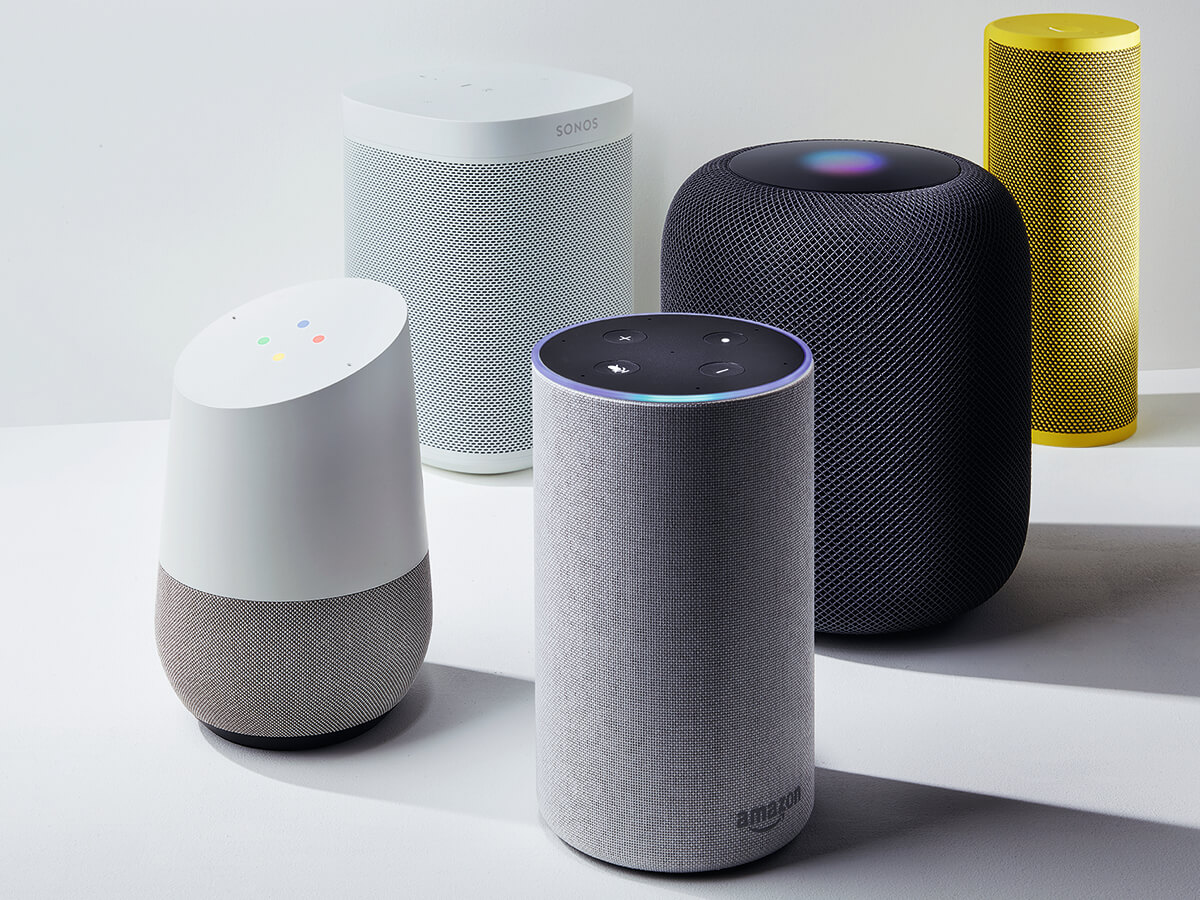In brief: Numerous market reports are showing that smart speaker adoption rapidly increased throughout 2018. Amazon leads the competition with Google having barely half as many devices deployed. Apple's HomePod is completely irrelevant to everyone except die hard Apple fans.
Whether there is a real need for smart speakers or not, consumers are buying them. Between 2017 and 2018, the number of US residents owning smart speakers has increased from 21.5 percent all the way up to 41 percent.
As expected, Amazon leads the market with its lineup of Alexa-enabled devices. The Google Home series only accounts for 29 percent of smart speakers whereas Amazon holds a 66 percent market share. Apple's HomePod has earned a meager 5 percent share.
There are now more than 100 million Alexa devices in use throughout the United States. Third-party skills for the platform grew more than 150 percent over the last year. In just two years time, more than 60,000 skills have been added.
Google has an install base of approximately 43 million Home devices in the US and another 9 million internationally. Market share for Google Home series speakers increased from 8 percent in 2017 to 23 percent in 2018. Average households with smart speakers own 1.7 devices.
Over the next three years, Amazon is expected to outpace Google in terms of revenue generated through smart speakers. In 2021, Amazon is estimated to bring in up to $19 billion. Google will only generate an estimated $8.2 billion.
However, Amazon's strategy relies on consumers using Alexa to buy items and use subscription services. Google is more focused on selling accessory hardware such as Nest thermostats, Chromecasts, and other smart home gear, none of which counts as revenue generated through Google Assistant on speakers.

